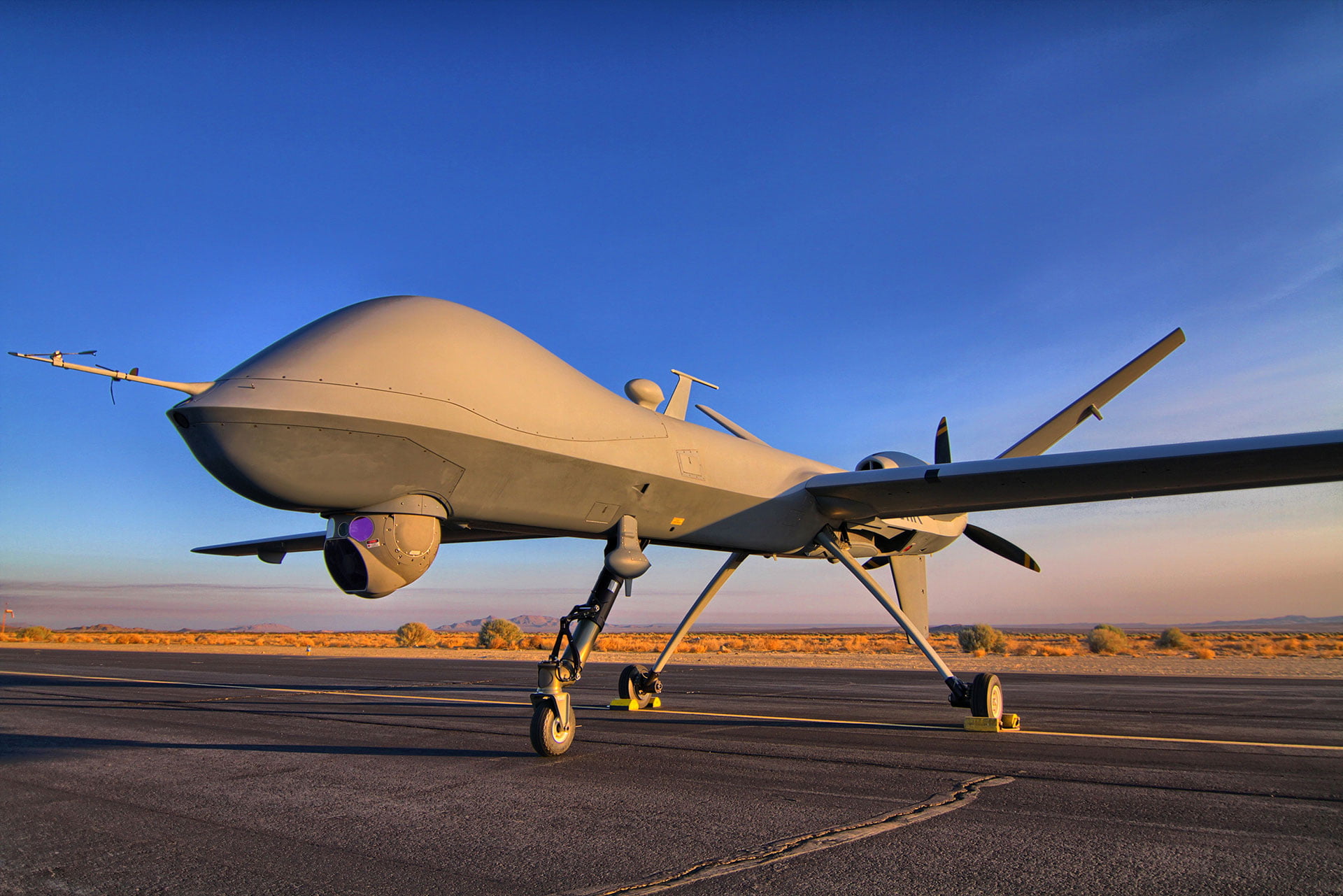India is in advanced talks with the US government about acquiring MQ-9B drones to improve overall monitoring along the Line of Actual Control (LAC) with China and in the Indian Ocean.
In order to improve overall monitoring along the Line of Actual Control (LAC) with China and in the Indian Ocean, India is in advanced talks with the US to purchase 30 MQ-9B Predator armed drones for more than USD 3 billion, according to sources familiar with the situation on Sunday.
The drones are well-equipped to support the defence forces with a wide range of missions, including maritime surveillance, anti-submarine warfare, over-the-horizon targeting, and attacking stationary ground targets. Long-endurance hunter-killer drones are being purchased for the three armed forces.
The MQ-9B drone is a variation of the MQ-9 “Reaper,” which was purportedly used to launch a modified version of the Hellfire missile that killed al-Qaeda leader Ayman al-Zawahiri last month in Kabul.
According to authoritative sources in the defence establishment, talks between New Delhi and Washington are underway between the states for the procurement of drones manufactured by US defence firm General Atomics, and the transaction is not off the table.
Dr. Vivek Lall, Chief Executive Officer of General Atomics Global Corporation, stated that the acquisition is at an advanced level, including conversations between the two countries.
“We hear that the MQ-9B procurement programme is at an advanced level of talks between the US and Indian governments,” he said.
“Any questions about those negotiations should be directed to the respective governments. General Atomics, as a firm, is willing to assist India and cherishes our long-standing relationship “Lall continued.
According to the sources, the talks are centred on resolving specific issues with the cost component, weapons package, and technology sharing.
The suggestion for negotiations for the procurement of drones was made at the fourth two-plus-two foreign and defence ministerial dialogue between India and the US in Washington in April.
INDIA’S EXPERIENCE WITH MQ-9B
The Indian Navy leased two MQ-9B Sea Guardian drones from General Atomics for a year in 2020 for surveillance in the Indian Ocean. Following that, the lease time was extended.
With repeated meddling from China, the Indian Navy has beefed up its surveillance system. The goal is to monitor expanding Chinese actions in the Indian Ocean region, especially periodic excursions by PLA warships.
When asked about the two drones that were acquired on lease and are now operational, Lall stated that they have performed “extremely well” and flown about 3,000 hours in support of the Indian Navy’s maritime and land border patrol missions, spanning more than 14 million square kilometres of operating area.
“Over the past three years, General Atomics has helped India by delivering two MQ-9 remotely piloted aircraft as part of a company owned/company operated (COCO) lease deal,” he said.
According to General Motors, the MQ-9Bs are designed to not only meet NATO (North Atlantic Treaty Organization) standards, but also to comply with civil airspace rules in the United States and around the world.
The Indian Navy has moved the procurement proposal, and all three services are expected to receive ten drones each.
The medium-altitude long-endurance (MALE) drone is the first hunter-killer unmanned aerial vehicle (UAV) built for long-endurance and high-altitude surveillance, with a flight time of around 35 hours.
Following the standoff with China in eastern Ladakh, India’s armed services have prioritised the acquisition of unmanned platforms, especially armed drones.
The United States authorised the sale of armed drones to India in 2019 and even offered integrated air and missile defence systems.
In February 2020, India signed a USD 2.6 billion (one billion=100 crores) deal with the United States for the procurement of 24 MH-60 Romeo helicopters for the Indian Navy from American aerospace company Lockheed Martin. The helicopters are already being delivered.
